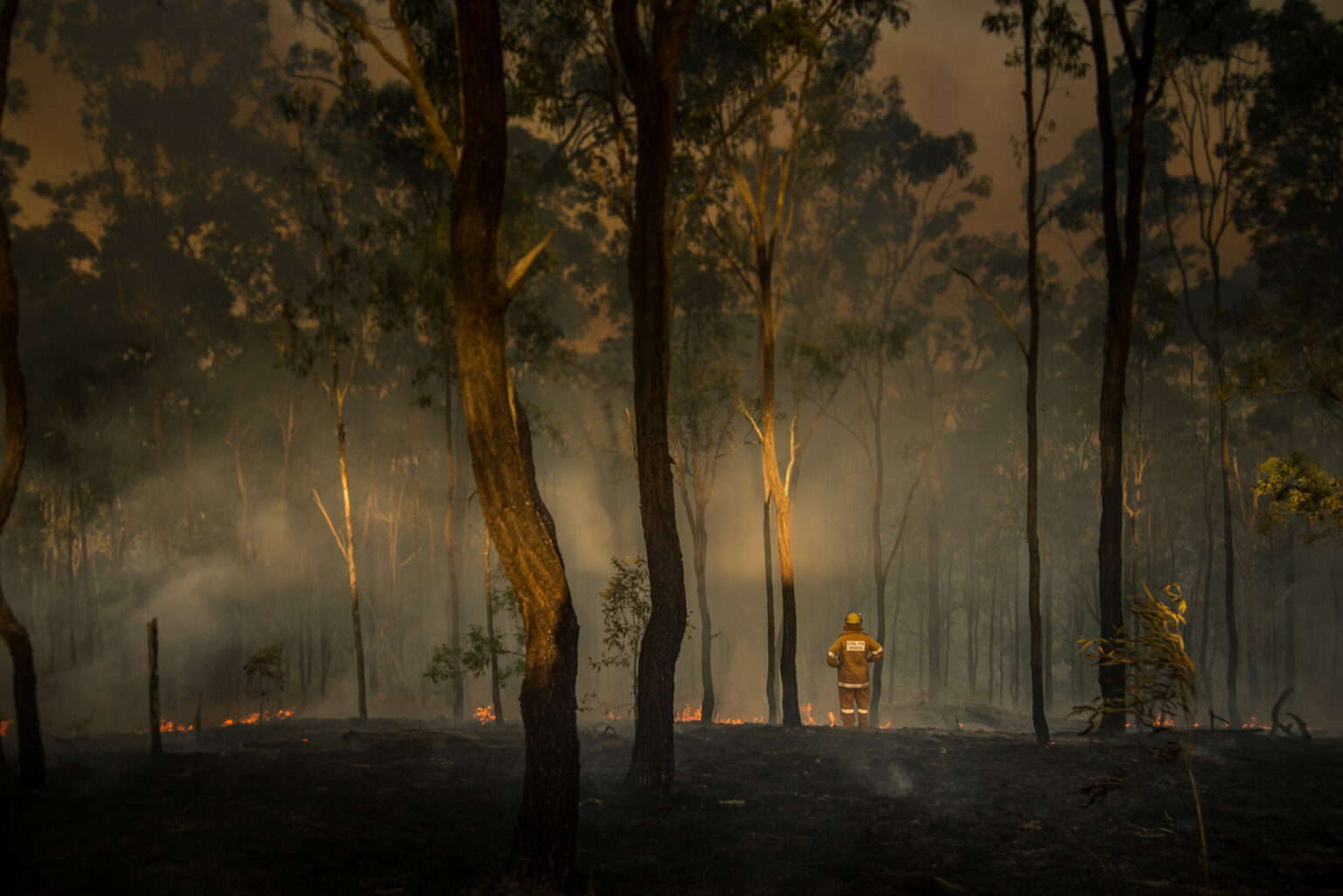Early end to bush fire danger period announced for parts of New South Wales
- February 28, 2024
- 9:31 am


Iain Hoey
Share this content
Bush fire season concludes ahead of schedule in select New South Wales local government areas
Due to improved weather conditions and recent rainfall, the New South Wales Rural Fire Service (RFS) has announced an early conclusion to the Bush Fire Danger Period (BFDP) in several Local Government Areas (LGA) within the North East Area Command region.
Originally set to end on 31 March 2024, the BFDP will now close a month early in specific areas, reflecting a proactive response to current environmental conditions.
Area Commander, Chief Superintendent Michael Brett, highlighted the collaborative decision-making process behind this adjustment: “After thorough consultation with local authorities and stakeholders, we have decided to end the season one month early in some LGAs due to favourable conditions,” Brett said.
This early cessation applies to the City of Coffs Harbour, Bellingen, Clarence Valley, Tweed, Byron, Ballina, Kyogle, Lismore, and Richmond Valley LGAs.
Focus shifts to hazard reduction
With the BFDP concluding early, fire agencies and land managers are set to prioritise hazard reduction efforts, including planned burning activities.
Chief Superintendent Brett emphasised the ongoing responsibilities of landholders wishing to conduct burns on their property.
“From 1 March 2024, fire permits will not be required for the specified LGAs,” he stated.
However, he cautioned residents to maintain vigilance, advising: “Even though a fire permit is no longer needed, residents must still notify their neighbours and the local fire authority 24 hours before burning.”
Continued vigilance urged despite milder conditions
Chief Superintendent Brett also issued a reminder about the persistent threat of bush and grass fires.
“Whilst the bush fire season has ended, this doesn’t mean the risk of fire has, with high fuel loads still present across the state,” he warned.
Brett further advised on the importance of preparation: “Before lighting up, people should check whether they need a Bush Fire Hazard Reduction Certificate and have sufficient equipment on hand to control and contain the fire to their property.”
The local community is encouraged to consult their local Fire Control Centre or fire station for advice on safely conducting hazard reduction work and preparing for future bush fire seasons.
“The first thing you should do though is review your bush fire survival plan and discuss it with your household,” Brett concluded.
For assistance with obtaining a Bush Fire Hazard Reduction Certificate or arranging a free environmental assessment, residents are advised to contact their local Fire Control Centre.
IFSJ Comment
The early conclusion of the Bush Fire Danger Period in parts of the north east of New South Wales marks a positive development, owing to easing conditions and rainfall.
This decision, grounded in a collaborative approach with local stakeholders, underscores the adaptability of fire management strategies to current environmental conditions.
However, the emphasis on continued vigilance and the importance of hazard reduction work serve as a reminder of the ever-present risk of fires.
Preparing for such eventualities through proper planning and community engagement is essential for mitigating future threats.

